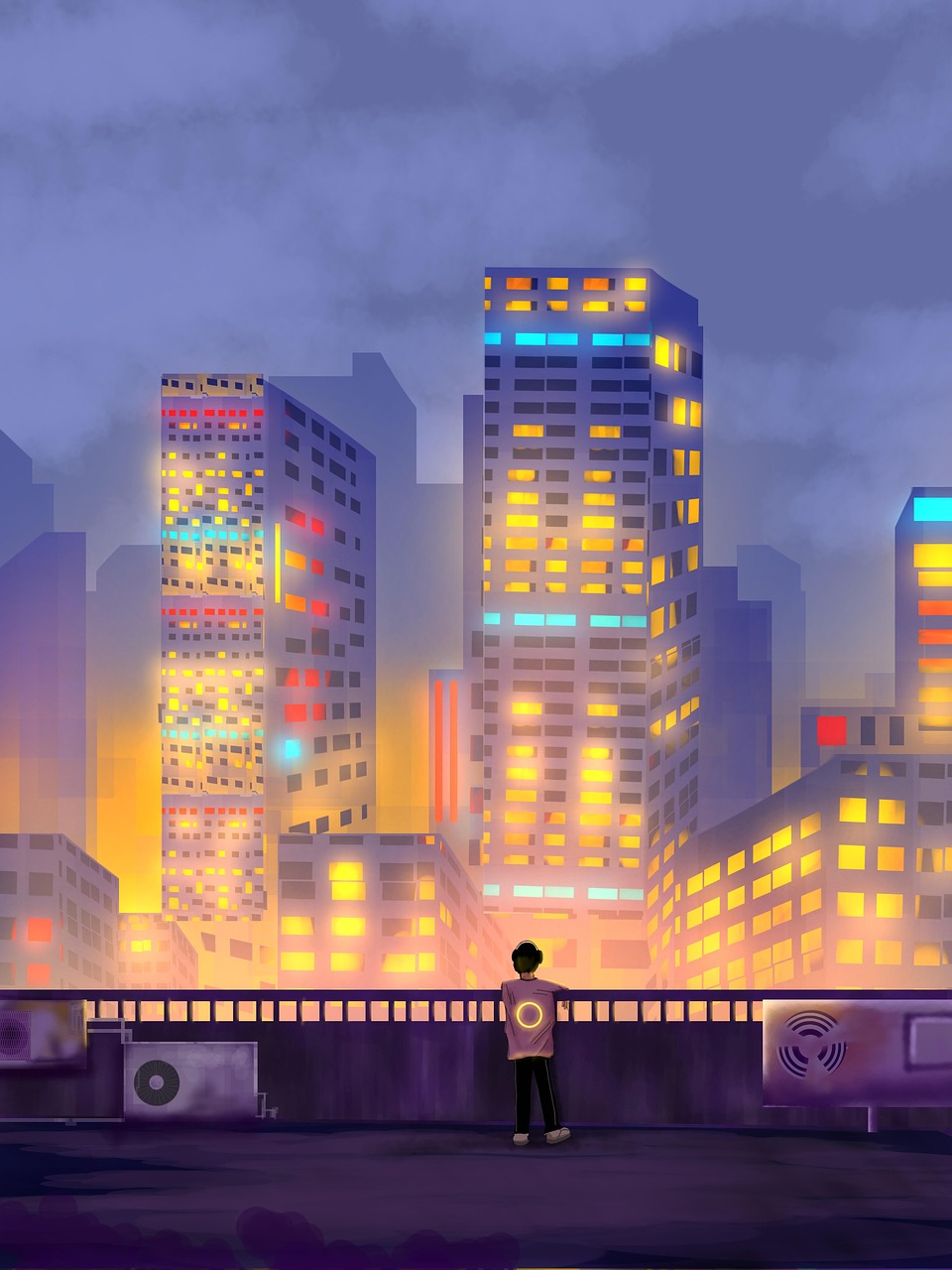An in-depth look at the process of creating engaging and balanced levels, fictional maps, and thematic worlds.
Creating compelling game levels requires a systematic approach that balances player engagement, challenge, and narrative integration.
Every great level begins with a clear concept that aligns with the game's overall vision. This phase involves brainstorming ideas, sketching layouts, and defining the level's purpose within the broader game experience.
A well-designed level guides players through a carefully crafted journey with intuitive navigation, strategic chokepoints, and meaningful decision points that create a sense of discovery and accomplishment.
Embedding narrative elements into the environment enhances player immersion and provides context without interrupting gameplay. Visual cues, spatial arrangements, and atmospheric details tell stories without words.
The refinement process involves continuous testing and adjustment to ensure balanced difficulty, smooth player progression, and elimination of unintended friction points that might disrupt the player experience.
Creating believable and immersive game worlds requires attention to detail across multiple dimensions of design.
A believable game world adheres to its own internal logic and rules, creating a framework that players can understand and navigate. Elements like architecture, technology, and nature should follow consistent patterns.
Rich worlds have a sense of time and cultural development. Creating historical timelines, cultural practices, and societal structures adds depth that players can discover through exploration.
Understanding how different regions connect geographically influences everything from travel systems to resource distribution. A well-designed world map considers climate, terrain, and distances in meaningful ways.
Living worlds contain interdependent ecosystems where creatures, plants, and civilizations interact in believable ways. These relationships create opportunities for emergent storytelling and player engagement.
Examining fictional examples of exceptional level and world design to illustrate key principles in action.




The modern level designer's toolkit combines creative software with systematic methodologies.
Tools like Photoshop, Blender, and traditional sketching help designers visualize environments before committing resources to full development.
Game engines like Unity, Unreal Engine, and specialized tools provide the framework for building interactive environments with visual scripting capabilities.
Visualizing player progression through diagrams helps identify pacing issues, ensure proper challenge curves, and create meaningful choice architecture.
Structured testing methodologies help gather actionable feedback on player behavior, emotional responses, and cognitive understanding of level elements.